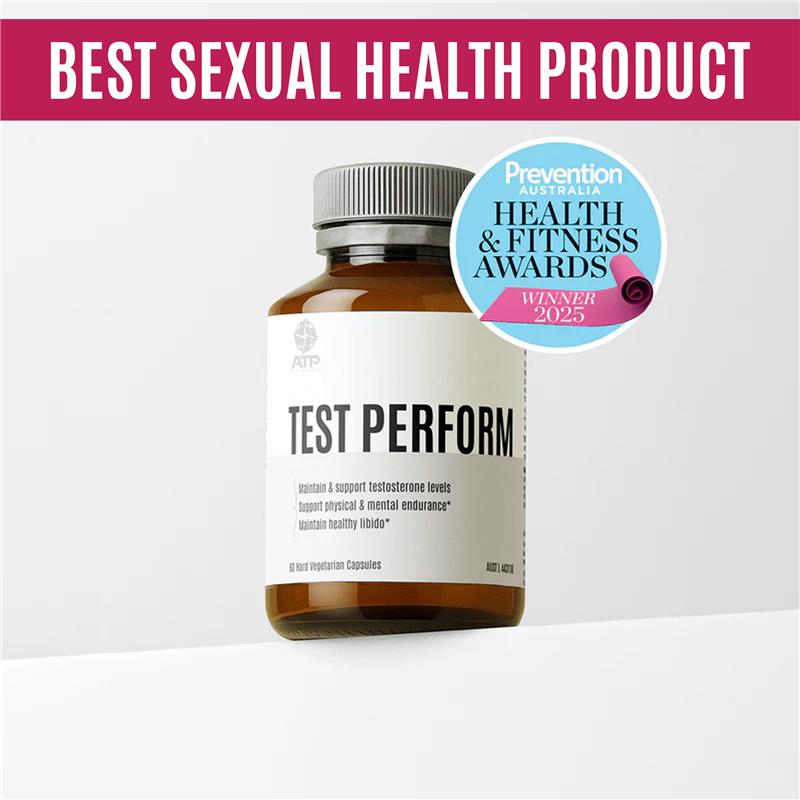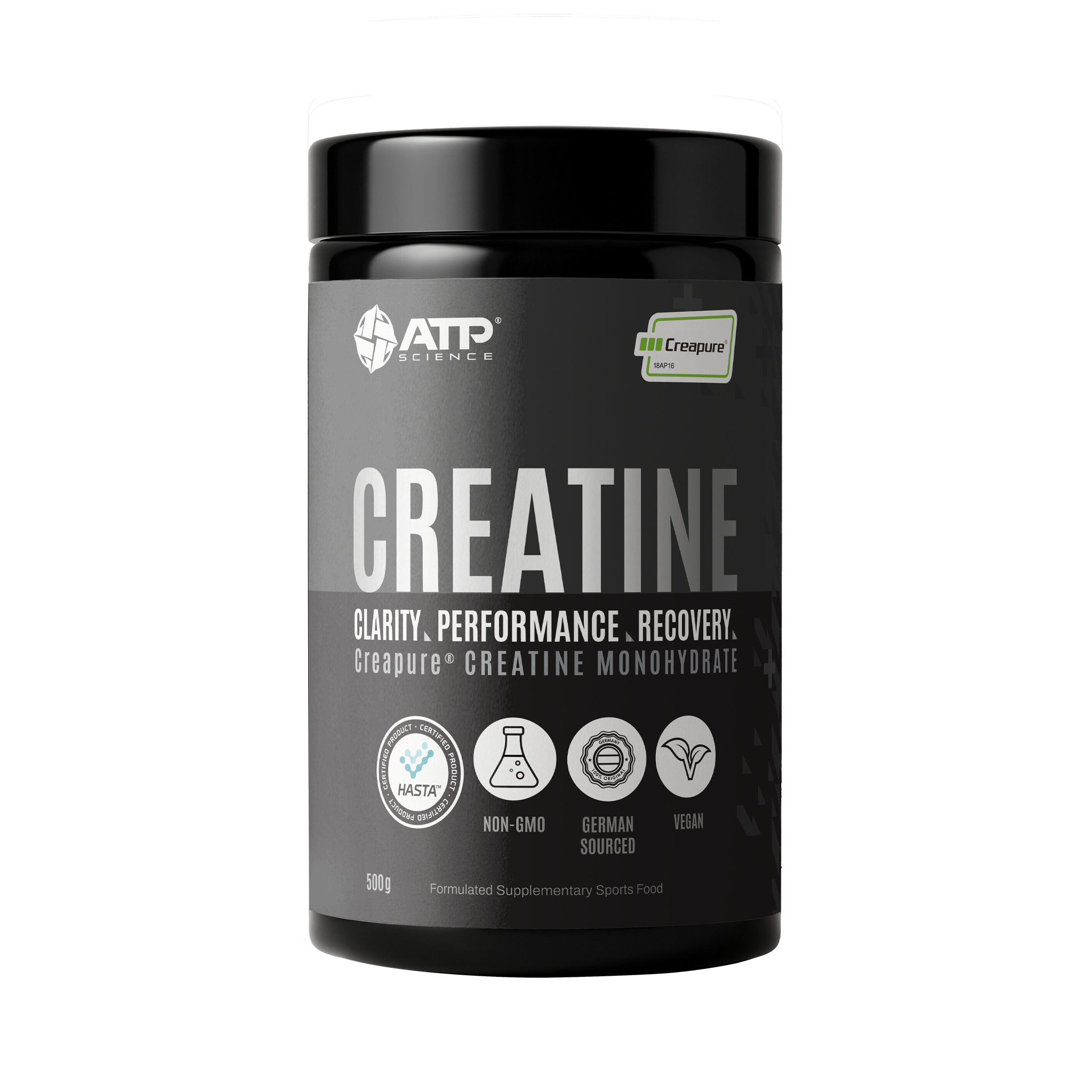Calcium is an essential mineral that the human body needs to perform daily functions, as well as the obvious health benefits for the bones. Calcium is required to be ingested at around 1000mg per day[1] according to the American Bone Health, for optimum bone health. The good news is that over half of this can be easily obtained by drinking one cup (250mL) of low fat, calcium-fortified cow’s milk[2].
But what if we don’t drink milk? There can be many reasons why you may not be drinking milk (we will discuss these reasons later), but the good news is that you can get adequate calcium and other nutrients if you decide not to drink milk. There also may be some reasons why you prefer not to drink milk. Here are some reasons.
Lactose Intolerance
Lactose is a sugar naturally found in milk. And lactose is also in human milk, and as an infant, we can easily digest lactose because we have the right microbiome when we are infants[3]. In adults, around 70% of adults lose their ability to digest lactose so they then become intolerant to drinking normal milk[4]. It varies within populations though, for example in Southeast Asia, lactase deficiency is present in over 90% of individuals; however, in Norway, only around 10% of the population has a lactase deficiency[5]. So, if you are one of the majority of adults who can't digest lactose, you can end up with gastrointestinal side effects. And if you suffer these symptoms, some can be quite severe. This discourages people from drinking cow’s milk and will probably turn you off drinking the white stuff.
Cow’s Milk May Alter Hormones
As milk is directly from an animal’s body, it naturally contains hormones[6]. This seems to be something most people don’t consider when they are pouring milk all over their morning Wheaties. But, these naturally occurring hormones are ingested. So, what hormones are we talking about? Pretty much all of them, including testosterone, estrogen, and prolactin[7]. Sure, there are low amounts of hormones, but how many is too many? And does it affect boys more than girls? Studies have found that hormones in cow’s milk may affect women’s hormones[8].
Dairy Can Drive Acne.
Acne is a skin condition, which is caused by a bacterium that is commonly found in the skin, which causes inflammation of the sebaceous follicles[9]. There are several hormones that drive acne, and these hormones are normally made in the body and regulated. One of the most offensive hormones that drive acne is Insulin-Like Growth factor 1 (IGF-1)[10]. Naturally found in cow's milk is IGF-1 because the hormone is required to grow a calf into a cow. However; humans consume cow's milk in large amounts and in some cases, teenagers, the most prone to getting acne, can drink milk by the litre.
So, what are the foods that can be consumed to get adequate calcium? Here are a few tips.
Increasing Calcium-Rich Foods
If you are wanting to cut milk out of your diet, not to worry, this leaves us with a plethora of calcium-rich foods that you can consume. The most obvious sources of calcium-rich foods are other dairy foods, like cheese and yogurt. They are rich in calcium and in fact, cheese is a very concentrated form of calcium[11]. And these foods may be ok to consume, even if you have allergies or intolerances to cow's milk. For example, to make cheese, you have to react to the cow's milk with rennet, which is an enzyme that deactivates some of the nasties found in natural cow's milk. Of course, cheese also tastes great and can be added to loads of different foods and can easily be consumed for breakfast (with your eggs), on a sandwich (lunch), or melted over your vegetables.
As for yogurt, this is also very versatile and easy to consume. For example, a breakfast smoothie of blended yogurt with a fruit such as blueberries could be a great way to start your day off with a rich calcium meal. Also, for morning tea, consuming yogurt would serve as a great injection of calcium. Yogurt could also be consumed as a healthy dessert because you can substitute sugar-rich ice cream with healthier yogurt. You could also add berries or other fruits to boost the health benefits of yogurt.
Dairy-Free Calcium?
Of course, many may not want to consume dairy forms of calcium. Not to worry there are many foods that contain calcium. Below are some foods rich in calcium that are also healthy[12].Sardines: Sardines are small fish that humans can consume whole. The good news about sardines (if you like the taste) is that they are a prosperous source of calcium. Because you can consume the whole fish, you eat the skeleton of the fish as well as the flesh. There is more calcium in 90g of sardines than one glass of cow's milk. It is also an excellent source of protein and fish oils (EPA and DHA).
Tofu: ½ a cup of tofu provides about 20% of your daily calcium intake. If you want to fry or cook tofu, the calcium levels will not be reduced, even if you fry tofu at a high temperature.
Orange Juice: This is a strange one because naturally, orange juice doesn't have much calcium naturally occurring in it, however; there are large amounts of it consumed. In modern times, calcium is being fortified to orange juice where now, a small glass of orange juice, it can contain 200mg or 20% of the RDA of calcium.
Salmon with Bones: If tinned fish is your thing, consider salmon. Tinned salmon contains the small salmon bones that of course naturally contain bone-building calcium. Like sardines, it also has good sources of protein and fish oils (EPA and DHA).
Other good sources of calcium include green leafy vegetables and of course, other calcium-fortified foods, such as some cereals. Learn to read the labels and endeavor to consume at least 1000mg of calcium daily for optimal bone and body health.
References
1. https://americanbonehealth.org/nutrition/guidelines-calcium-vitamin-d-supplementation/#:~:text=To%20meet%20the%20current%20Recommended,and%20beverages%20fortified%20with%20calcium.
2. https://www.osteoporosis.org.au/sites/default/files/files/calcium-food-table-web.pdf
3. Am J Clin Nutr. 2019 Aug; 110(2): 273–279. Published online 2019 Jun 8. doi: 10.1093/ajcn/nqz104. Lactose digestion in humans: intestinal lactase appears to be constitutive whereas the colonic microbiome is adaptable
Richard A Forsgård.
4. Lactase Non-persistence and Lactose Intolerance. Bayless TM, Brown E, Paige DM. Curr Gastroenterol Rep. 2017 May; 19(5):23.
5. Lactase Non-persistence and Lactose Intolerance. Bayless TM, Brown E, Paige DM. Curr Gastroenterol Rep. 2017 May; 19(5):23.
6. Iran J Public Health. 2015 Jun; 44(6): 742–758. Hormones in Dairy Foods and Their Impact on Public Health - A Narrative Review Article. Hassan MALEKINEJAD1,2 and Aysa REZABAKHSH3,*
7. Iran J Public Health. 2015 Jun; 44(6): 742–758. Hormones in Dairy Foods and Their Impact on Public Health - A Narrative Review Article. Hassan MALEKINEJAD1,2 and Aysa REZABAKHSH3,*
8. J Nutr. 2017 Feb; 147(2): 218–226.
Published online 2016 Nov 23. doi: 10.3945/jn.116.241521. Dairy Food Intake Is Associated with Reproductive Hormones and Sporadic Anovulation among Healthy Premenopausal Women. Keewan Kim,4 Jean Wactawski-Wende,6 Kara A Michels,4 Torie C Plowden,4,5 Ellen N Chaljub,4 Lindsey A Sjaarda,4 and Sunni L Mumford4,*
9. Acne vulgaris. Williams HC, Dellavalle RP, Garner S Lancet. 2012 Jan 28; 379(9813):361-72.
10. Role of insulin, insulin-like growth factor-1, hyperglycaemic food and milk consumption in the pathogenesis of acne vulgaris.Melnik BC, Schmitz G Exp Dermatol. 2009 Oct; 18(10):833-41.
11. Bone Health and Osteoporosis: A Report of the Surgeon General. Office of the Surgeon General (US).
Rockville (MD): Office of the Surgeon General (US); 2004.
12. Bone Health and Osteoporosis: A Report of the Surgeon General. Office of the Surgeon General (US).
Rockville (MD): Office of the Surgeon General (US); 2004.


















